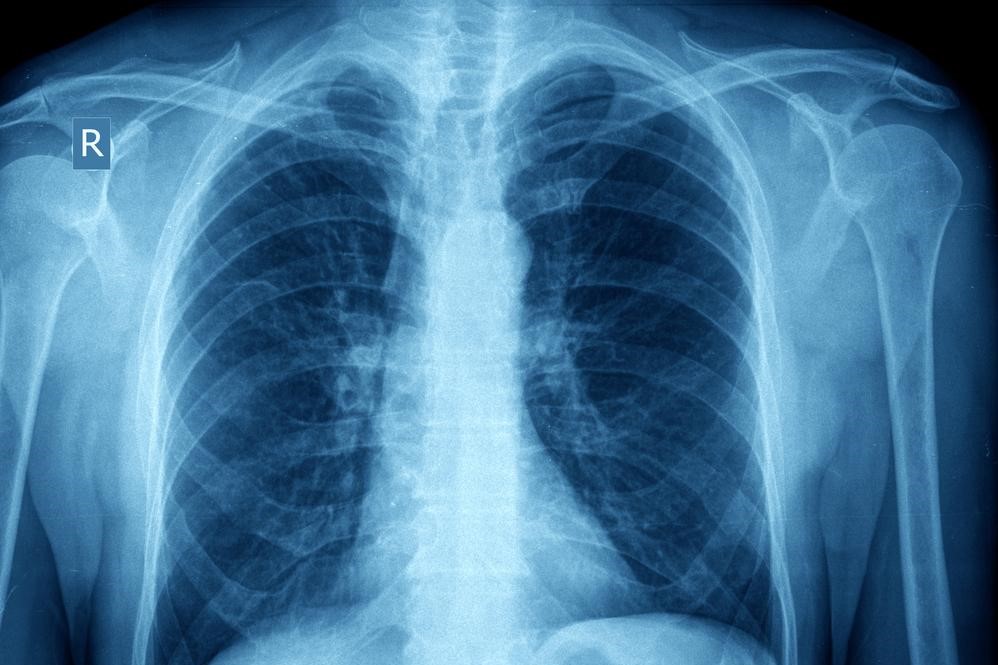Understanding Asthma: Causes, Mechanisms, and Effects
This article explores the different forms of asthma, outlining their causes, underlying immune mechanisms, and common triggers. It emphasizes the importance of proper management to prevent long-term lung damage and highlights how immune responses play a crucial role in asthma development. The information is intended to educate readers about the pathophysiology of asthma and encourages consulting healthcare professionals for personalized care.

Understanding Asthma: Causes, Mechanisms, and Effects
Asthma manifests in two primary forms: episodic flare-ups and persistent condition. Sudden attacks, known as asthma exacerbations, are triggered by specific stimuli, whereas chronic asthma results from long-term inflammatory changes in the lungs.
Sudden Asthma Attacks
When exposed to a trigger, airway muscles contract, leading to airway narrowing. Simultaneously, inflammation increases, and excess mucus is produced, causing symptoms like shortness of breath, coughing, chest tightness, and wheezing.
Chronic asthma stems from ongoing lung inflammation, which heightens airway sensitivity. Over time, structural changes occur in lung tissue, and mucus production may increase. Effective management can prevent these long-term effects.
Triggers such as physical activity, infections, environmental factors (cold air, pollution), irritants (smoke, strong scents), emotional stress, allergies (dust, pollen, pet dander), and certain medications (NSAIDs) can either cause airway constriction or inflammation.
Environmental and allergic reactions linked to asthma involve complex immune responses, including Th1, Th2 pathways, and IgE production. Even healthy individuals can experience exercise-induced bronchoconstriction (EIB), which can be managed with preventive medications.
The Immune System’s Role in Asthma
Asthma development is closely tied to immune responses, especially Th2 activity and IgE antibodies, which promote allergies and airway inflammation. IgE attaches to allergens and triggers mast cell degranulation, releasing histamine and leading to inflammation and mucus overproduction.
Important Notice:
The content provided is for informational purposes only. It should not replace professional medical advice. Always consult licensed healthcare providers for diagnosis and treatment of health conditions.










